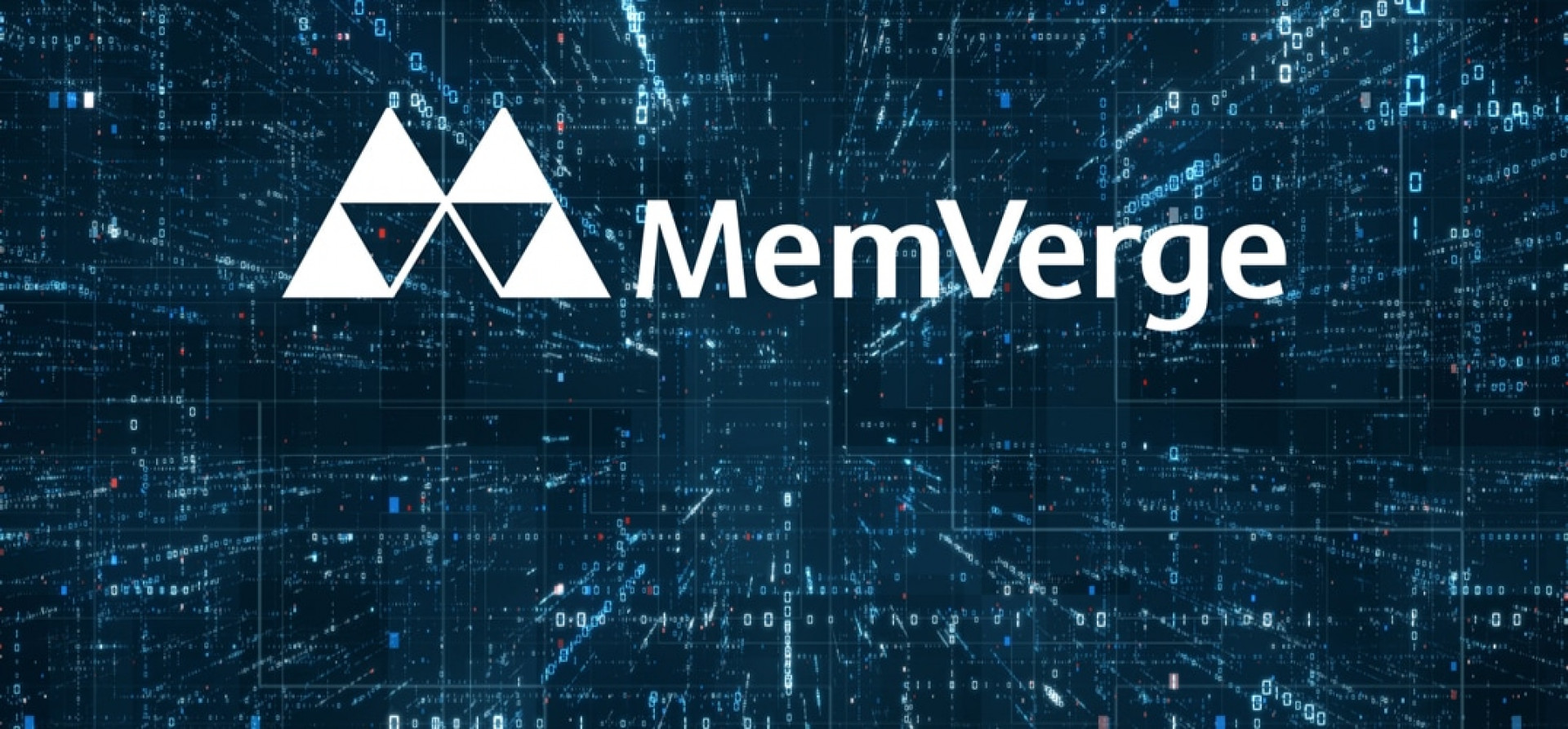At Cisco Investments, we constantly monitor market trends and build hypotheses around potential disruptions. As we were analyzing the memory and storage industry, we started to deep dive into the Storage Class Memory (SCM) space and developed an investment thesis on the potential convergence and implications of SCM technology on both the memory and storage markets, as well as the broader Data Center architecture.
While the concept of marrying the speed and performance of memory with the persistence and scale of storage systems has been discussed for some time, we just didn’t seem to find a company with a clear vision to make SCM mainstream.
That’s why we were excited to find MemVerge, an SCM-native software vendor with the potential to accelerate adoption of this new class of technology. As we became more familiar with the MemVerge co-founders, we realized they possessed an exciting combination of seasoned founders with technical and entrepreneurial backgrounds and the perfect skills to bring the SCM-based big memory computing vision to market.
Blending the best of technical and entrepreneurial
Recently, I sat down with MemVerge co-founder and CEO Charles Fan to gain a better understanding of how this “self-proclaimed geek” and “accidental entrepreneur” first came together with his fellow co-founders Jehoshua “Shuki” Bruck and Yue Li to found MemVerge.

The seeds to this new venture first took root inside a Caltech lab where Fan and Li teamed up with Bruck, their professor and Fan’s former business associate.
“Twenty years ago, Shuki and I started Rainfinity, a virtualization tech company acquired by EMC in 2005,” says Fan. “Shuki would go on to start flash storage pioneer XtremIO, while I led R&D efforts at EMC in China and developed the VSAN product at VMWare. Years later, Shuki and I teamed up with Yue, a lead researcher in non-volatile memory who led the technical work at MemVerge.”
Together, the team set the table for a technical foundation that positions MemVerge as a potential competitive game changer.
Combining the speed of memory with the persistence of storage
At the heart of MemVerge’s innovation lies a software layer that allows any traditional application to leverage the power of storage class memory computing by managing 3D cross-point (3DXpoint), a new technology from memory vendors that combines the speed of memory with the persistence of storage.
Today, most software requires flash or hard disk storage to constantly save critical data, a process that can be slow and laborious. MemVerge’s software-enhanced storage class memory, on the other hand, significantly increases the speed of applications that use a great deal of input/output (I/O).
With MemVerge software, tasks once relegated to old-school storage can coexist in the more dynamic, accessible and spacious world of memory. As a result, enterprises can tap the benefits of SCM technology while avoiding costly application rewrites. Additionally, MemVerge software delivers enhanced data services to make SCM more usable, including snapshotting, replication and memory tiering.
“We can eventually get all applications running on this new system,” says Fan. “Many things that we thought were once impossible, because of the limitations of the existing infrastructure, will now become possible. So over the next five to 10 years, a larger, persistent memory layer, enhanced by data services, can enable applications to run in memory using a traditional or new API.”
In case of data loss, developers will be able to forego today’s time-consuming backup methods that incur I/O and instead leverage persistence to achieve higher efficiency and lower latency as more of the load will be managed within memory. This will lead to more efficient, higher-performing, function-rich computing.
But software-enhanced big memory takes a team effort
“I think it takes the entire system of vendors, the leaders in the data center architecture, and the software makers to really bring this new technology to life,” says Fan.
MemVerge and SCM technology enable use cases requiring fast performance and massive sets of data, which are prevalent in Big Data, AI and analytics, meshing together the data store and data computation and requiring low latency networking – areas where Cisco excels.
“In some of our POCs, our software is running on UCS servers, with Cisco switches interconnecting these servers,” says Fan. “We hope that the collaboration with Cisco can help bring customers forward into this memory-centric world.”
“Over time, we think this trend of big memory computing is unstoppable,” Fan says. “It is driven by innovation from the hardware vendors. It is driven by forward-looking thinking by the system vendors and data center leaders. And it is enabled by software vendors like us. We hope to really contribute to this revolution and be a catalyst to make it happen. We hope to become one of the leaders in delivering the software in this big memory world.”

